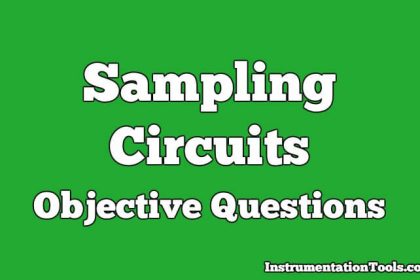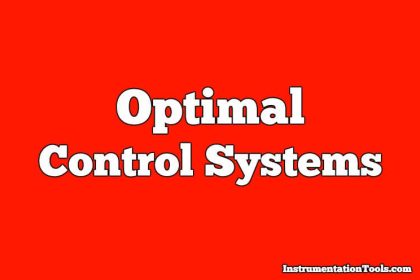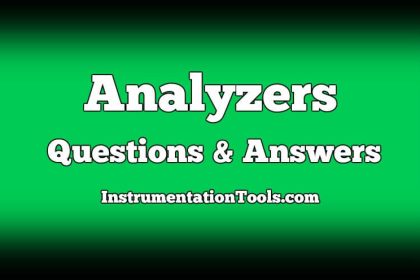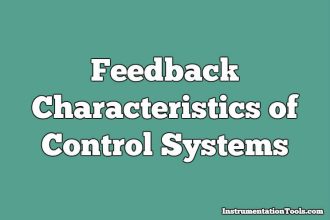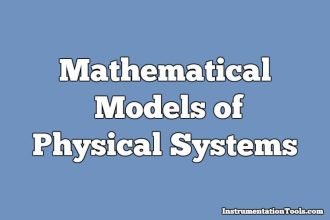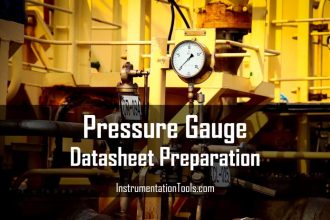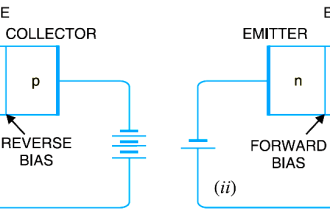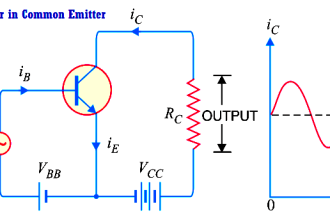Analytical Measurement Multiple Choice Questions
Question 1
The pH of a liquid solution is a measure of:
(A) Dissolved salt content
(B) Hydrogen ion activity
(C) Hydroxyl ion molarity
(D) Electrical conductivity
(E) Sodium ion molarity
Answer : B
Question 2
A pH value less than 7.0 means that the solution is:
(A) Conductive
(B) Caustic
(C) Hot
(D) Acidic
(E) Alkaline
Answer : D
Question 3
The Nernst equation relates:
(A) Reagent dosage to change in pH
(B) O2 concentration to latent heat
(C) Relative ion concentration to voltage
(D) Conductivity to fluid flow rate
(E) Partial vapor pressure to fluid density
Answer : C
Question 4
Buffer solutions are used with pH probes for the purpose of:
(A) Cleaning
(B) Linearization
(C) Purging embedded sodium ions
(D) Electrode inspection
(E) Calibration
Answer : E
Question 5
Flue gas oxygen measurement (“O2 trim”) is important in combustion control systems for the purpose of:
(A) Reducing sulphur emissions
(B) Safer shut-downs
(C) Faster start-ups
(D) Reducing NOX emissions
(E) Minimizing burner noise
Answer : D
Question 6
An aqueous solution has a hydrogen ion concentration of 0.0015 M. Calculate the pH of this solution.
(A) 2.824 pH
(B) 11.18 pH
(C) 2.292 pH
(D) 1.824 pH
(E) 2.897 pH
Answer : A
Question 7
A chromatograph separates and distinguishes different molecule types in a fluid stream by:
(A) Emitted light spectra
(B) Atomic mass (weighing)
(C) Electric charge
(D) Adsorption time-delay
(E) Reverse osmosis
Answer : D
Question 8
An electrodeless, or toroidal, conductivity probe enjoys the following advantage over electrode-type conductivity probes:
(A) Smaller size
(B) Resists fouling
(C) Immunity to temperature changes
(D) Lower cost
(E) Greater sensitivity
Answer : B
Question 9
ORP measurement is often used in processes where:
(A) Pigments are added to a solution to control color
(B) Precise temperature control is critical
(C) The addition of an oxidant must be controlled
(D) The octane value of a liquid fuel is important
(E) Conductivity of the liquid is negligible
Answer : C
Question 10
According to the Nernst equation, the voltage developed by the electrodes will when temperature increases, all other factors remaining the same.
(A) Approach zero
(C) Decrease
(D) Fluctuate
(B) Remain the same
(E) Increase
Answer : E
Credits : by Tony R. Kuphaldt
